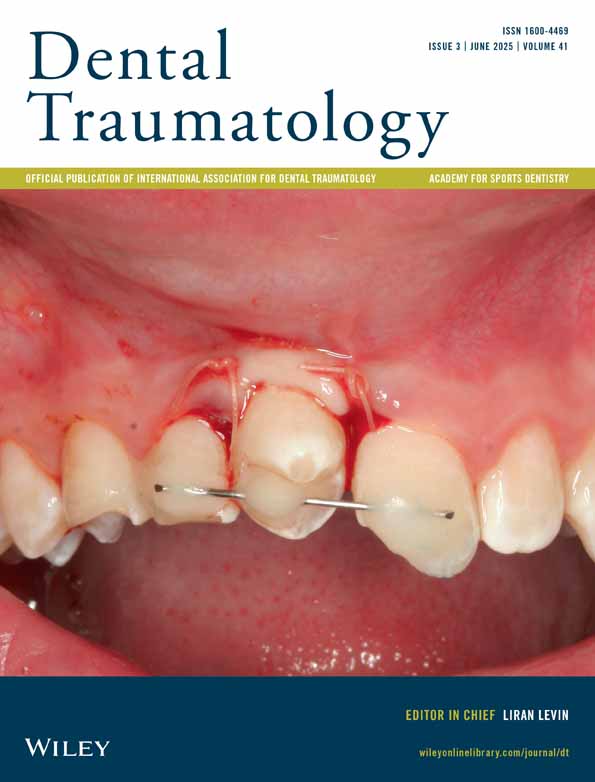Autotransplantation of Premolars to the Anterior Maxilla: A Long-Term Retrospective Cohort Study of Survival, Success, Esthetic, and Patient-Reported Outcome With up to 38-Year Follow-Up
Funding: The authors received no specific funding for this work.
ABSTRACT
Background/Aim
Autotransplantation is a well-documented procedure for replacing missing teeth in the anterior maxilla. This retrospective study aims to evaluate long-term survival rate, success rate as well as esthetics and patient-reported outcome of premolars autotransplanted to the anterior maxilla and secondarily to identify potential prognostic factors for survival, success, esthetic, and biological complications.
Material and Methods
One hundred and twenty-two patients with 153 transplants were assessed on survival rate and potential prognostic factors, while 50 patients with 61 autotransplanted premolars underwent clinical, radiographic, and esthetic assessment. Clinical and radiographic parameters were recorded. Esthetic outcomes were evaluated using a comprehensive score system comparing transplanted teeth to neighboring tooth. All patients filled in a questionnaire about the esthetic outcome of the treatment.
Results
The survival rate of transplants after 16–38 years was 76%, with the majority showing no periodontal complications (95%). Radiographically, 46% of transplanted premolars showed no signs of pathosis. Ankylosis and inflammatory resorption were observed in 19% and 16%, respectively. Prognostic factors such as donor tooth type and root stage did not significantly affect transplant survival. Premolars transplanted at an immature stage had a significant lower risk of ankylosis, compared to more mature transplants. Esthetically, 72% of the transplants matched their neighboring teeth, and taking the biological success into consideration an overall success rate was 57.3%. In total, 71% of all patients were esthetically satisfied with their autotransplant, 18% were fairly satisfied, and 11% were dissatisfied.
Conclusions
The transplants demonstrated high survival rate, albeit with biological complications such as ankylosis and inflammatory root resorption. Developmental stage of the root at the time of transplantation had a significant influence on ankylosis of transplanted teeth. Esthetic outcomes were generally satisfactory, although challenges were noted with certain restoration types and donor tooth selections. Overall, the majority of patients expressed satisfaction with their autotransplanted teeth.
Conflicts of Interest
The authors declare no conflicts of interest.
Open Research
Data Availability Statement
The data that support the findings of this study are available from the corresponding author upon reasonable request.




